Text
O Natal da Turma da Mônica (1976)

In English, Monica's Gang Christmas, is the pilot episode of what would become one of the biggest animation franchises in Brazil. The Christmas special was released in television on December 24 in 1976, the short is about 5 minutes in total and was directed by cartoonist and creator of the series Mauricio De Sousa.
The plot is quite simple, Mônica and her friends decide to build a chimney so Santa Claus can visit them.


Although this was the first episode of the series, the characters have previously been animated in many ads for a food company named Cica. But the creation of some of these characters dates back to 1959 with comic strips published in the newspaper. Mônica’s official debut would occur in 1963 in a newspaper comic strip as well, with time, more and more characters were added to the gang.

This short became extremely popular and would be played every year during Christmas until 1999 when it got an updated version with a few alterations. The short film would also be referenced in many comic strips and other animated productions and is still today an inspiration for many stories of Mônica and her friends.
youtube
In regards of technology in the animation industry, Brazil would be many years behind the big productions of North American cartoons which explains the dramatic difference between them and the Brazilian short film. Nonetheless, O Natal da Turma da Mônica was produced using the traditional animation technique in which everything was hand drawn by the animators to then be photographed and put together to create the film.
I’ll be leaving below a link to the original short (with English subtitles available) as well as the links to the sites I based my research on.
youtube
youtube
youtube
1 note
·
View note
Text
High Note (1960)
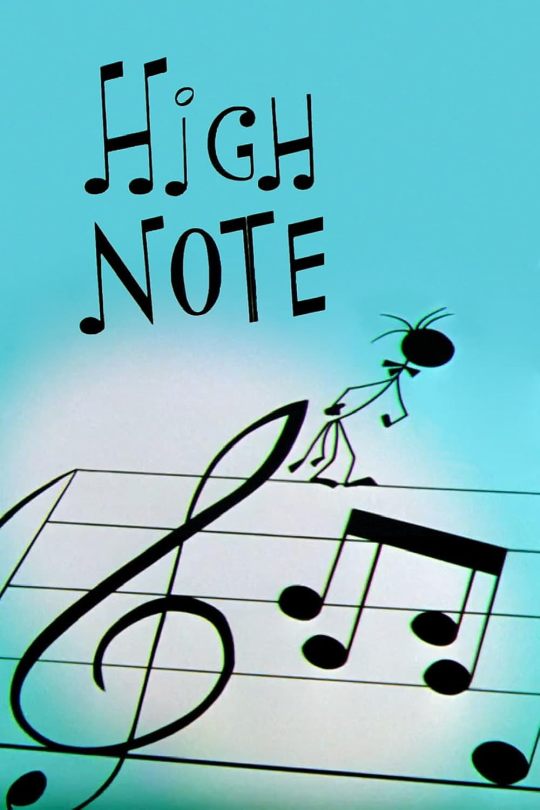
High Note is a no dialogue 6-minute-long Loonie Tunes short written by Michael Maltese and directed by Chuck Jones originally released in December 1960.
Being told through animation and music only, the story follows various music notes setting up a sheet of music to perform The Blue Danube Waltz but something goes wrong along the way as a drunk note appears and starts causing trouble and messing up the music sheet more and more.
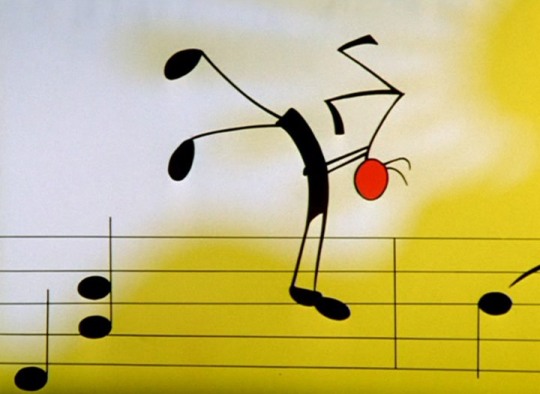
The short was well received by the public and in 1961 it got nominated for an Academy Award for Best Short Film but ended up losing. According to animation historian Jerry Beck “In today's world, where vintage cartoons are typically mistaken for children's fare, masterpieces like High Note set the record straight — with a healthy dose of classically adult booze humor."
Animation during the 60s was still done using the traditional method as computer animation would only become popular later on, meaning that once again all the frames were hand drawn to then be photographed and put together.
High Note is a really fun short to watch. The combination of music and animation adds a lot to the story making it interesting and pleasing to any public.
Here is the link to watch the whole short film as well as the link to the research.
0 notes
Text
Library Assignment
The Animator’s Survival Kit is a book written by Richard Williams who is best known for his work as an animation director on Who Framed Roger Rabbit (1988). The book is a useful guide to methods, principles, and formulas for all types of animators.

I decided to pick this book in particular because of the vast knowledge and themes in animations that it covers, having a physical copy was also helpful I must say. The chapter I want to write about is called ‘3 Ways to Animate’ (from pages 61 to 68). This section of the book presents the reader with three possibilities of animation techniques as well as how they work and both pros and cons of each method.


I find this chapter to be highly informative and illustrative when explaining the possibilities of animation and how they can work together. At the end of the chapter, Williams concludes that there are no rules, only methods. That made me realize that I do not always have to follow only one way of animating and that I can experience and play with the different possibilities.
I used this book a couple of times for references and guidance while I did assignments for character animation, so I was familiar with it but it was the first time I read something more in-depth in the book.
0 notes
Text
The Three Caballeros (1944)
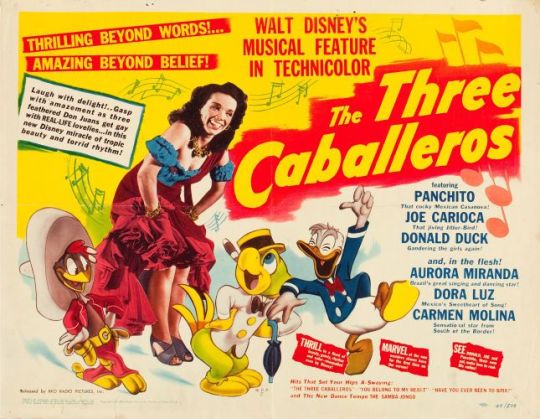
Directed by Norman Ferguson who was the supervising director and Clyde Geronimi, Jack Kinney, Bill Roberts, Harold Young who were the sequence directors, The Three Caballeros is Disney’s seventh animation feature and their first film to be a sequel (to Saludos Amigos). The film premiered first in Mexico in December 1944 and marks the 10th anniversary of Donald Duck, a special date that is used as the starting point of the movie. The Three Caballeros would only be released in the United States and Brazil some months later in February 1945.
The animation feature opens with Donald receiving a big package with three birthday presents, each of them will lead to different shorts about Latin America's nature and culture. The first present is a film projector in each we see the shorts “Aves Raras,” “The Cold-Blooded Penguin” and “The Flying Gauchito.”
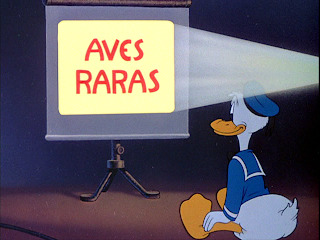

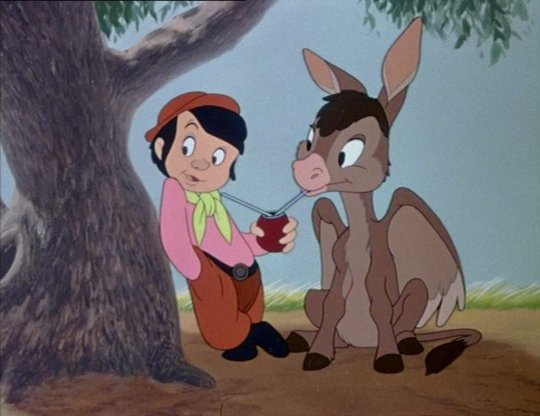
On the second present Donald receives a book about Bahia, one of Brazil's many states. It is then that José Carioca, a character previously introduced in Saludos Amigos returns. José takes Donald for a trip inside the book where another short called “Baía” will take place.

After returning from their trip Donald opens his third gift, this time from Mexico and we met the last member of the three caballeros: Panchito. The trio sing and dance to their iconic theme song which is without doubt the best part of the film. We are then presented with the last three shorts “Las Posadas,” “Mexico: Pátzcuaro, Veracruz and Acapulco” and “You Belong to My Heart" and "Donald's Surreal Reverie".
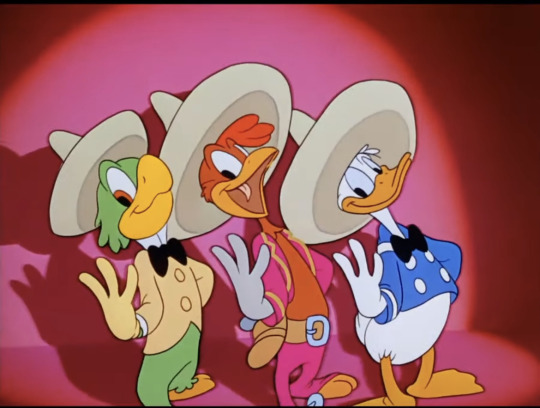
The Three Caballeros is WWII propaganda. The U.S. government was afraid the countries in South America would be influenced by the nazi propaganda and join the war. Aside from that with the US joining the war in 1941, a good relationship with Brazil would become important thanks to the country’s strategic location that would permit easier access to Africa where part of the war was happening.
So with the government’s help Walt Disney and a group of animators and musicians went on a trip through Latin America and when they got back the studio produced Saludos Amigos and The Three Caballeros as a ‘good neighbor’ policy.

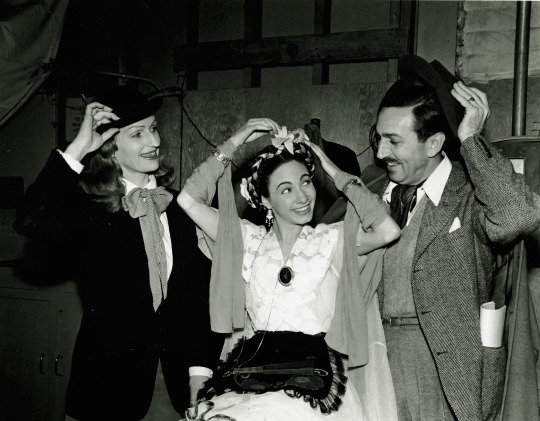
José Carioca
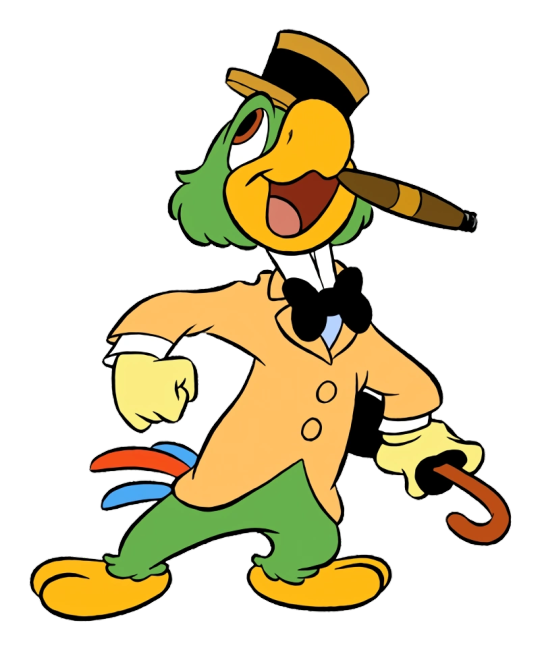
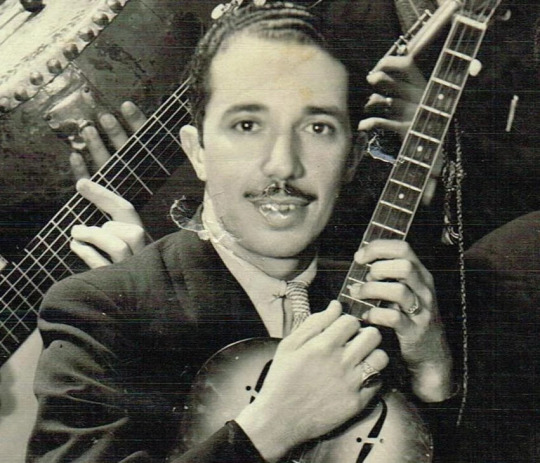
Communally called Zé Carioca in Brazil, the green parrot was voiced by a Brazilian musician named José Oliveira (1902-1987) in both English and Portuguese, as well as in Spanish and Italian. The character was not only given Oliveira’s voice but also his personality and style and he would voice him until 1962.
After The Three Caballeros, José Carioca continued to appear in some films in the late 40’s and in the 50’s Disney TV shows.
Below we can see an early concept art of the character, still very simple and with little personality, next to the final design heavily influenced by his voice actor.


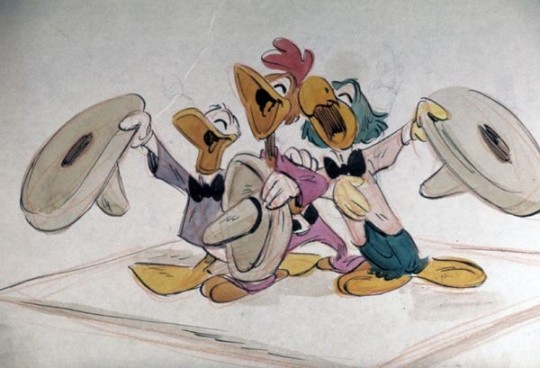
Panchito
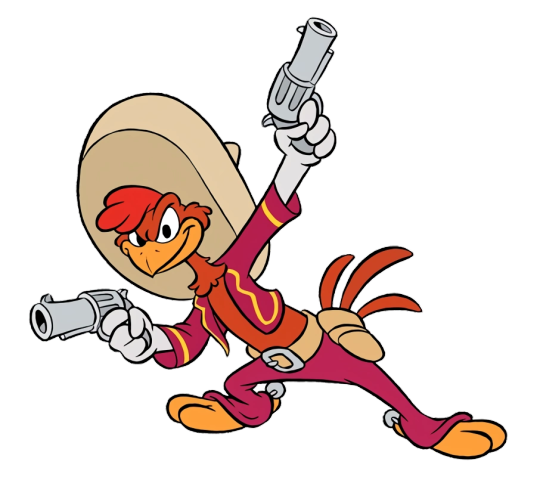
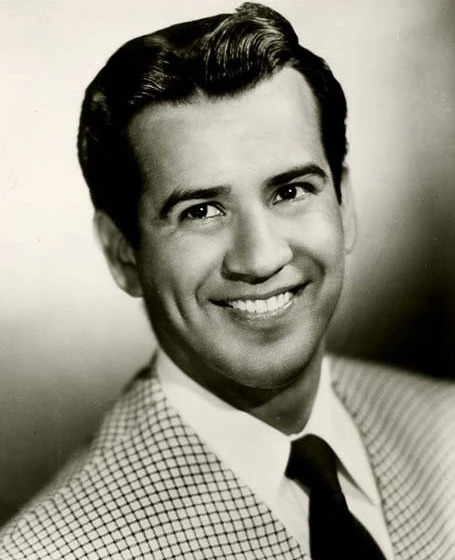
When still in production, Panchito was described as the ‘Charro’ rooster. ‘Charro’ is a Spanish word that refers to a Mexican horse riders who maintained traditional clothing such as a sombrero. It is evident that these Mexican Cowboys served as an inspiration for the character’s design.

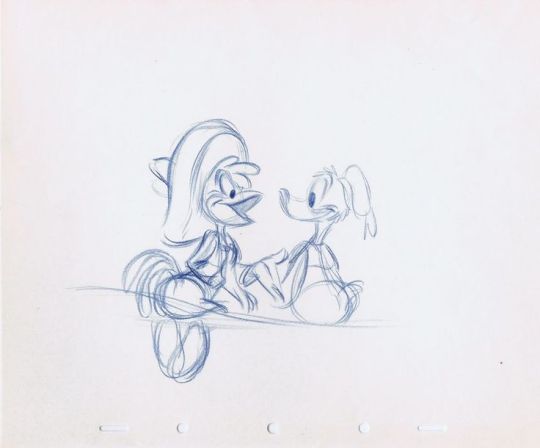
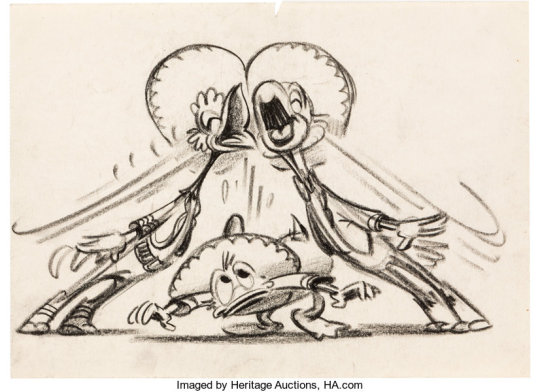
He was voiced by Mexican actor and singer Joaquin Garay (1911-1990).
Panchito did not appear as much as José Carioca in the future cartoons, but he had his fair share of adventures in several Disney comics.
The Three Caballeros is in fact a live-action animated film, also referred to as hybrid, which means the movie blends live-action scenes with animated characters and elements. Unfortunately, I was unable to find detailed information on how this technique works. Even though the technology of the film was impressive for the time, this was not Disney’s first hybrid production, the experience for the technique came from back in the 20’s with the silent Alice Comedies.
Most of the live-action sequences in the movie featured songs and singers from Mexico and Brazil. The most famous ones are, “ Os quindin de yaya” performed by the Brazilian singer Aurora Miranda and "You Belong to My Heart (Now and Forever)" also known as "Solamente una vez" in Spanish singed by the Mexican Dora Luz.
youtube
youtube
The Three Caballeros received mixed reviews regarding the movie animation and style. Some critics were quite shocked by the “technological razzle-dazzle" of the film and believed that in contrast to Disney’s previous films, The Three Caballeros was much more flash and technic running wild rather than substance and artistry.
Another part of the viewers was taken aback by the uncomfortable sexual dynamics in the live-action scenes. The idea of Donald Duck chasing after real women certainly did not please the public.
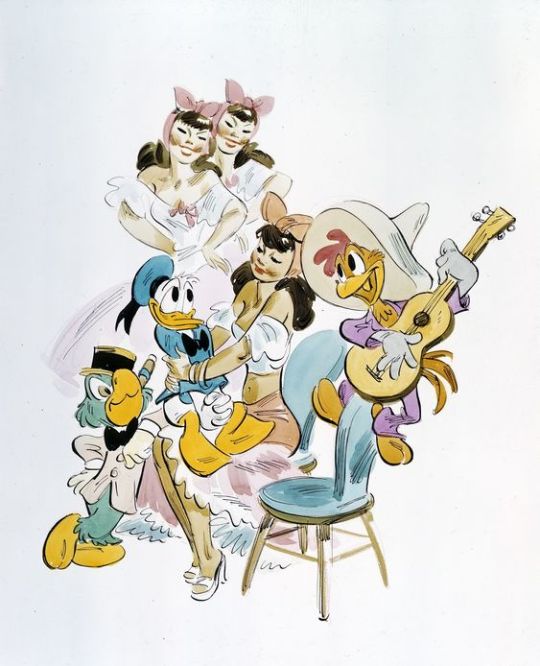
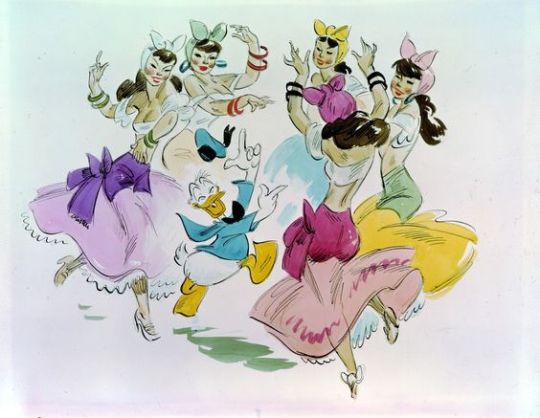
In the book Diversity in Disney Films: Critical Essays on Race, Ethnicity, Gender, Sexuality, and Disability published in 2014 and edited by Johnson Cheu, there is an interesting chapter written by Karen S. Goldman that analyze the representation of Latin America in both Saludos Amigos and The Three Caballeros. Some important reflections that Goldman brings up are how both movies promote inaccurate and harmful stereotypes as well as portraying the people of Latin America as exotic, idealized, and sexualized.

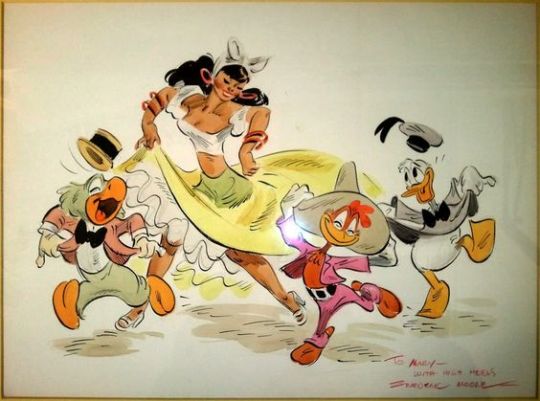
I personally also have mixed feelings when it comes to The Three Caballeros. I find the movie to be fun and energetic, it is visually interesting and colorful. My favorite scene is defiantly when the trio perform their iconic theme song, it is always a delight to see the three characters interacting.
What really bothers me the most is the previous mentioned uncomfortable sexual dynamics towards the live action women, as well as the erasure of Brazil and Mexico’s identities. The movie shows much more the vision the United States have rather than the accurate countries reality.
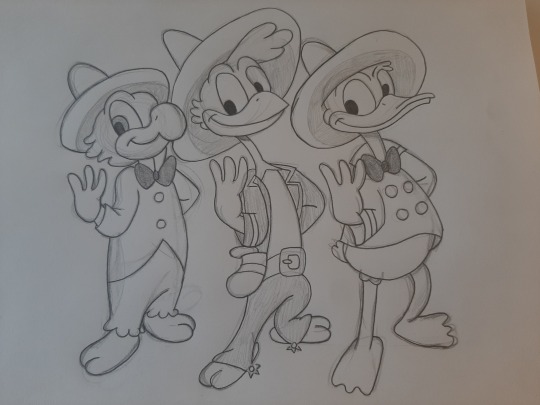
Other Appearances

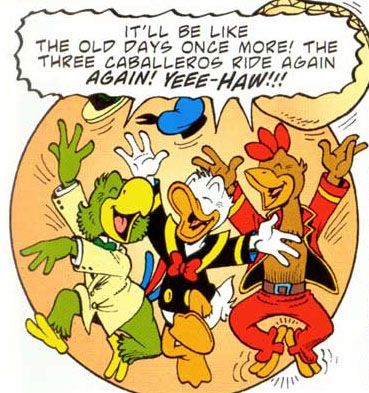
Aside from small appearances in some Disney shows like House of Mouse (2001) and Ducktales (2017), Donald, José and Panchito would reunite again in “The Three Caballeros Ride Again” a 2000 comic book written by Don Rosa.
In 2018 they would return once more this time with their own tv show titled “The Legend of The Three Caballeros”. In this show, the trio goes on adventures across the world fighting mythical monsters.
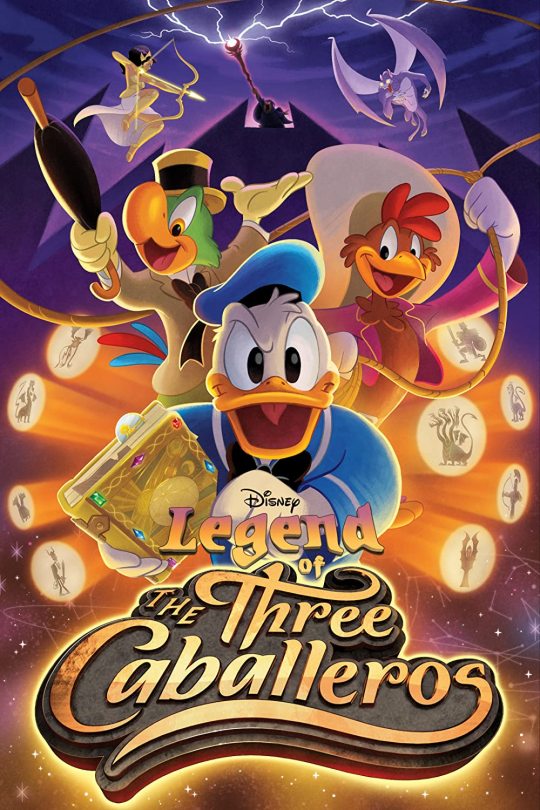
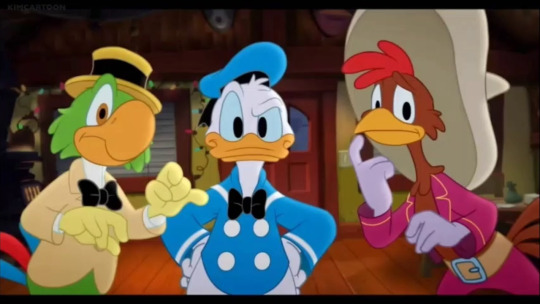
links for sites I based my research on
youtube
youtube
youtube
2 notes
·
View notes
Text
The Woody Woodpecker Show (1957)

The Woody Woodpecker Show created by Walter Lantz and directed by Paul Smith; Alex Lovy; and Sid Marcus debuted in October 1957 on ABC (American Broadcasting Company) with the episode Who’s Cookin’ Who?
The tv show would have a 30-minute running time with three to four cartoon shorts per episode of mainly Woody Woodpecker escapades as well as other Walter Lantz creations like Chilly Willy, Andy Panda, The Bear Family, and Inspector Willoughby.




The Woody Woodpecker Show remained popular for nearly four decades, having its last episode Chili Con Corny aired in January 1977. The cartoon had five seasons with 113 episodes in total.
The show, like other cartoons at that time, was hand-drawn. Each frame was drawn and captured on an individual sheet of thin transparent plastic. They would paint the background and the characters on different layers and then shoot them together with a camera.

At the time and even today The Woody Woodpecker Show had an immense success, a factor that kept the character alive and made it possible the creation of a lot of reboots.
A lot of the most famous episodes are easily found on YouTube and are still as fun to watch as when we were kids.
youtube
links I based my research on below
youtube
1 note
·
View note
Text
Working with Disney
Marc Davis (1913-2000)

Marc Davis was an idea man He started working for Walt Disney Studios on December 2, 1935, and retired in 197.
Marc began as an apprentice animator on Snow White and also worked as a story sketch artist and character designer on Bambi. Because of his impressive performance in the previous film, Walt Wanted to make him an animator and so Marc was trained by Frank Tomas and Milt Khal (two of the Nine Old Men of Animation)
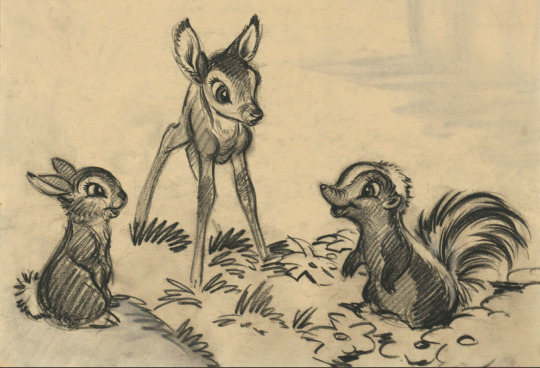
Davis is mostly known for his iconic female character design such as Tinker Bell (Peter Pan), Maleficent (Sleeping Beauty), and Cruella De Vill (101 Dalmatians).
He was once asked to choose a favorite among his Disney ladies, and he simply answered “Each of my women characters has her own unique style; I love them all in different ways.” And that's true, none of his characters were the same.

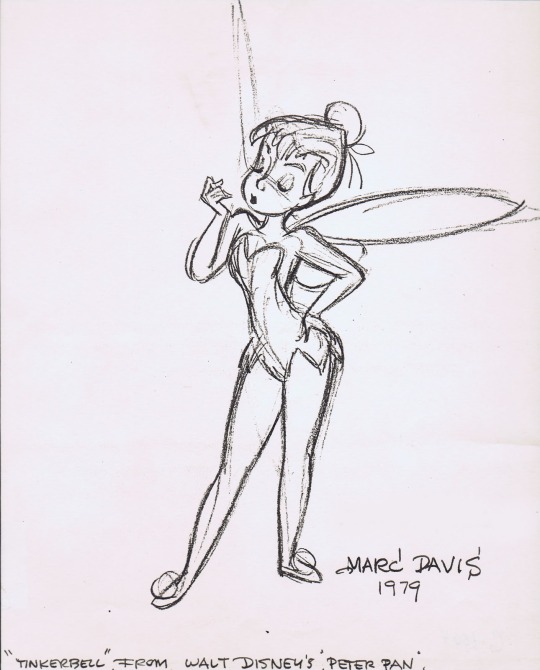

Later in 1962, after 30 years of animating, Marc became one of Disney’s first imagineers. He would design character concepts for Disneyland attractions including Pirates of the Caribbean, it’s a small world, Haunted House, and more.

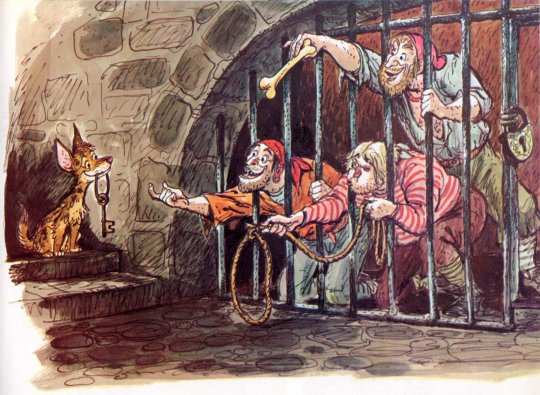
There is quite an interesting book written by Pete Docter and Christopher Merritt called ‘Marc Davis in his own words’ that explores his career and has an incredible collection of his artwork. Here is a video where the authors talk about it.
youtube
I picked Marc Davis mostly because he is also one of the Nine Old Men of Animation, but aside from that I did not know much about him. When I read that he was the man behind Cruella’s design, I got even more excited to learn more about his work.
Something I realized when reading the interview is how, as an animator, you are not always allowed to do things in your own way. As Marc said, “I think this is one of the most difficult things in a cartoon, to keep a unity of all the characters when you have many different people, with different outlooks on drawing and styling everything”.
Dave Hand (1900-1986)

Dave Hand started his animation career at the J. R. Bray Studio, then moved to work on the Out of the Inkwell series. Later, he tried to pursue live-action filmmaking. However, he returned to animation and joined Walt Disney Studios in 1930 where he would stay until 1944.
Hand worked as an animator in a variety of shorts like Flowers and Trees (the first film made in three-strip Technicolor), The Chain Gang, Midnight in a Teashop, among other Silly Symphonies.

Dave started directing in 1932 with Trader Mickey, and by the late 1930s Walt assigned him as supervising director of Disney’s first animated feature-length film: Snow White and the Seven Dwarfs. And after, he got the same role in Bambi
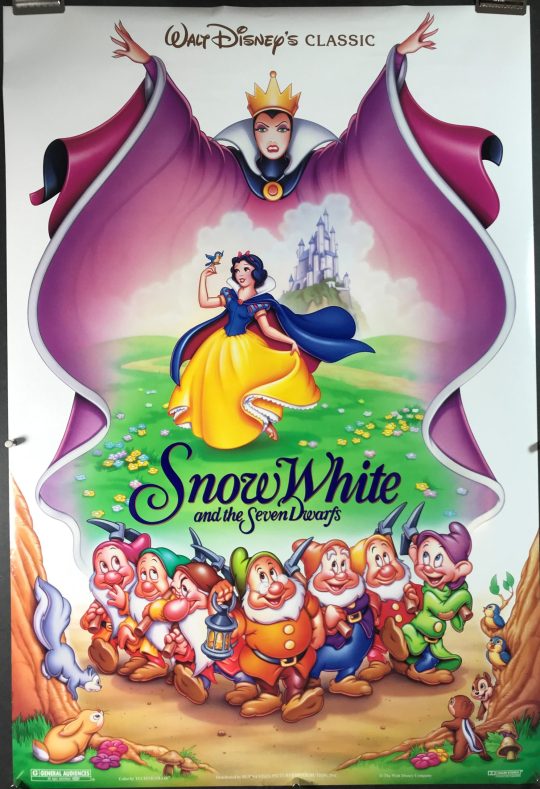
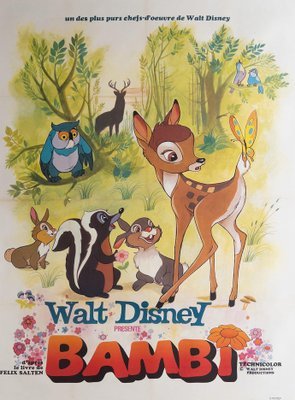
Hand also got the opportunity to direct Who Killed Cock Robin? and Three Orphan Kittens. As well as animation supervisor on Victory Through Air Power.
After 14 years with Disney, Dave left the studio in 1944 and went to England for an animation opportunity and established Gaumont British Animation in 1946.


During my research, I was able to find a more complete interview done in 973 by Michael Barrier, and an article written about 1984. Even though David was an important figure at the studio, he was rarely interviewed, and his autobiography does not say much about his time working at Disney.
I picked Dave Hand because he mostly worked as a director during his Disney career, I thought it would be nice to see the perspective of a director instead of only writing about animators.
From reading the interviews, I could notice that Hand was very practical, and quite “ambitious” as he is described by one of his assistants. He would often push and encourage the animators and even Walt Disney himself sometimes to do the best they could to produce an excellent result. He was willing to redo his work as many times as necessary until he got satisfied with the results.
That is an attitude I admire and feel lacking in the latest Disney movies. For the last few years, it feels like none of the new films were made thinking about achieving the story’s potential, especially the live-action ones. Most of them feel shallow and with little effort to bring back the Disney classics we all grow up with.
If I learned something from Dave Hand is that we should always keep trying to achieve our best and then go forward.
down bellow will be listed the sites I based my research on.
Marc Davis
more concept art for Tinker Bell, Cruella, and Pirates of the Caribbean
Dave Hand
1984 article
1973 interview
3 notes
·
View notes
Text
The Three Little Pigs (1933)

Directed by Burt Gillett and produced by Walt Disney, the 8-minute-long silly symphony The Three Little Pigs was released 90 years ago on May 27 of 1933 at the Radio City Music Hall, New York.
The short film is based on a fable of the same name and follows the story of three pig brothers that build their houses with varied materials and are attacked by the big bad wolf.
Being a cartoon from the ’30s, The Three Little Pigs was produced using the traditional animation technique and had its color process done by Technicolor. Each cel would be photographed three times sequentially in red, green, and blue filters by a camera containing one strip of black and white negative film.

In 1934, the short film won the Academy Award for Best Animated Short Film as well as being voted #11 of the Greatest Cartoons of all Time by members of the animation field.
Furthermore, the film’s theme song “Who’s Afraid of the Big Bad Wolf” composed by Frank Churchill was a major success and eventually became an anthem of the Great Depression.
When released in 1933, The Three Little Pigs was well received by the public and even managed to stay in theaters for months, causing an excellent financial response.
Although Disney said that “you can’t top pigs with pigs,” The Three Little Pigs would end up getting some sequels over the years, but they certainly were not as successful as the original.
Along with the sequels, the film was also re-released and re-animated in 1948 removing the offensive Jewish stereotype that was portrayed by the Big Bad Wolf in the 1933 original shot.


I remember watching this cartoon on my dad’s computer when I was a little kid all the time, it was certainly one of my favorites not only for the plot but also for the catchy song.
The Three Little Pigs is an important animation history piece that influenced many other cartoons.
Down below will be the links to watch the full short as well as the sites I based my research.
youtube
0 notes
Text
Macaco Feio... Macaco Bonito... (1929)

Directed by Luiz Seel and João Stamato, Macaco Feio... Macaco Bonito... (Ugly Monkey... Pretty Monkey... in English) is a 4-minute animated silent short that tells the story of a monkey that escapes the zoo and causes lots of trouble.
Although the film is usually dated from 1929, it is also possible it was made in the mid-’30s giving the reference to Popeye (whose first animated appearance was in 1933) and Mickey’s design in the short that seems to be between 1928 to 1931.


This short is the oldest record of Brazilian animation with preserved copy meaning that all the animations that we know of before Macaco Feio... Macaco Bonito... are all lost media including O Kaiser (from 1917 directed by Álvaro Marins) that is Brazil's first animated short film.
Not long ago, only a few shots of Macaco Feio... Macaco Bonito... was accessible to the public as the Brazilian Cinematheque has a copy but would not make it available. It was on 26/03/2023 that a user named ze_da_padaria123 on Reddit posted a complete version of the short that can now even be watched on YouTube.
youtube
The short was produced using traditional animation, which means the frames were first drawn one by one on paper with pencil or ink to then be photographed and played to give the illusion of movement.
Because this animation is so old, it is difficult to find information about its release and how people reacted at the time. I personally find the story funny and silly, and I am glad it had a happy conclusion.
Down below I'll list the link to the sites I based my research on, please note that some of them are in Portuguese.
English:
History of Brazilian Animation
List of Brazilian animations through the years
short's profile on IMDb
Mickey Mouse designs
PT-BR:
Brazilian Cinematheque
Lost media Brasil
Reddit original post
1 note
·
View note
Text
Why I like Animation
My name is Alexia, I’m a 2D animation student still in the first term and this is my first assignment for Introduction to the Animation Industry so please bear with me as I figure this out :)
When I think about my childhood the first thing that comes to mind is cartoons, I had my fair share of eating sand of course, but I’d mostly spend my time as a kid in front of a tube TV.
At some point when I was around 10, I got hooked on My Little Pony: Friendship is Magic (2010 by Hasbro) which led me to start drawing a lot.


But it would only be in 2020 when I watched She-ra and The Princesses of Power (2018 reboot produced by DreamWorks) that I decided that I wanted to be a part of the animation world.

While watching that show I realized how happy animation made me. I like animation because it’s about giving life to something in the most you way possible. There is no right or wrong. Animation is diverse.
Another fascinating point for me is how many animated media can be both very simple and still cover reflective subjects about life and human relationships. Certain aspects can be exemplified in Adventure Time (2010 by Pendleton Ward for Cartoon Network) where you have many episodes that center around growing up and identity told in an easy and sometimes even silly way. Animation is life.

To end this post I'll be listing other 3 of my favorite animated things:
Lilo and Stitch (2002 movie)
No.6 (2011 anime)
Venom: Let There Be Carnage (2021)
1 note
·
View note